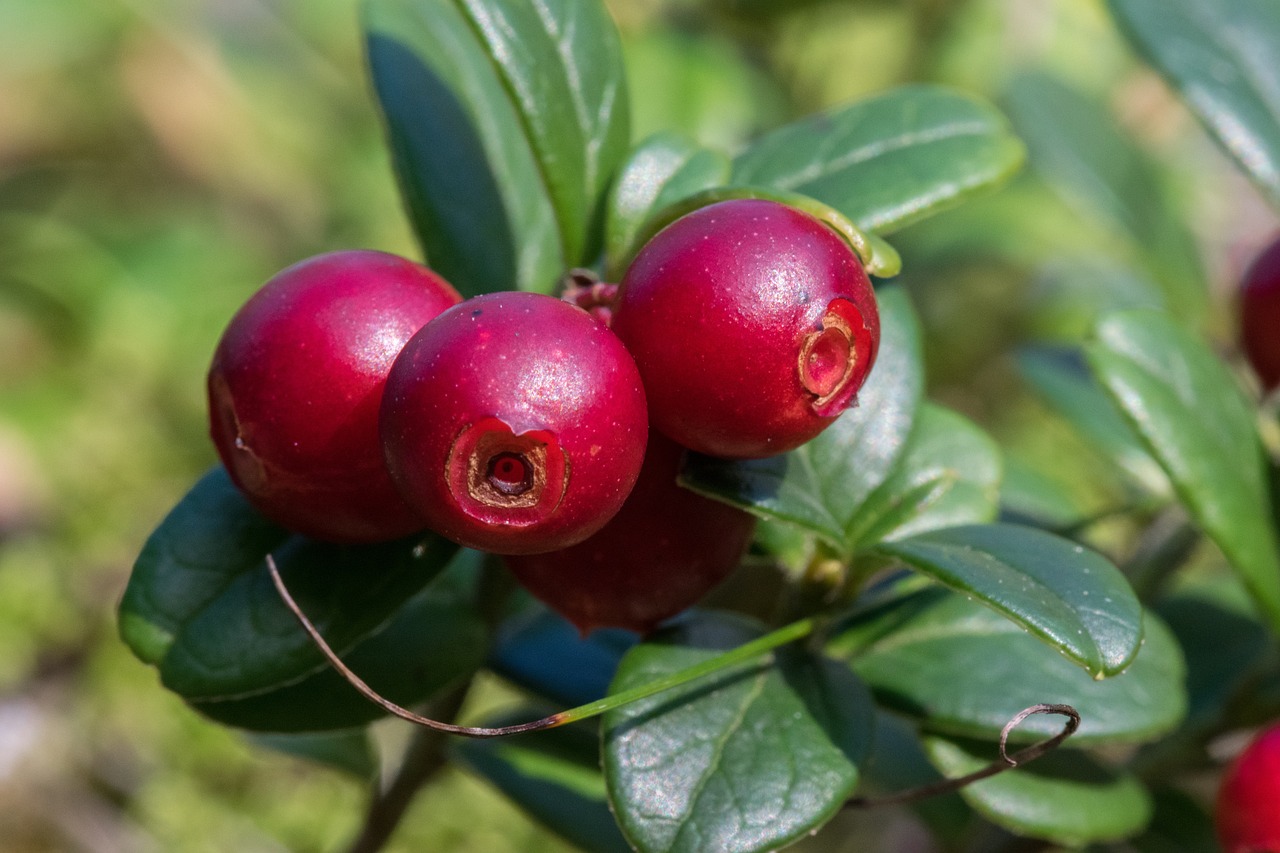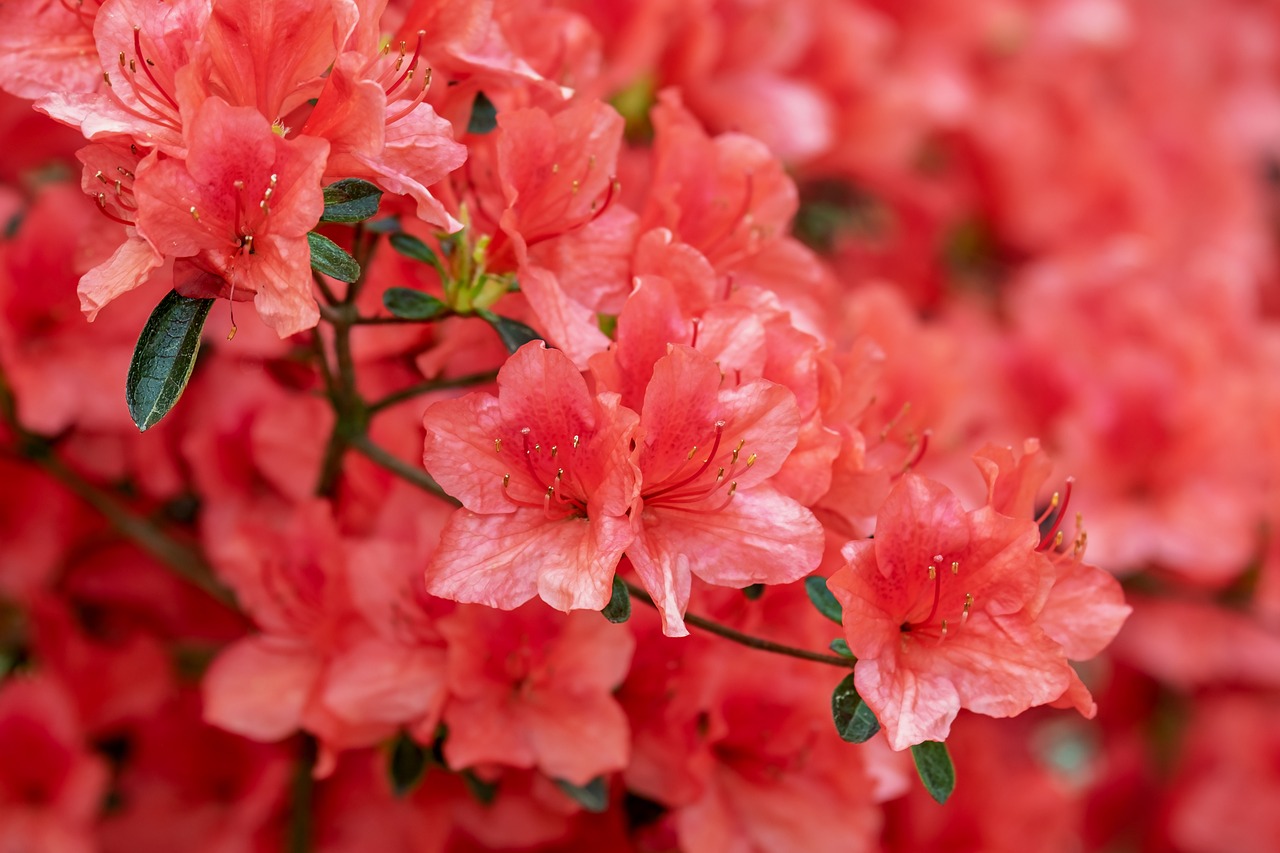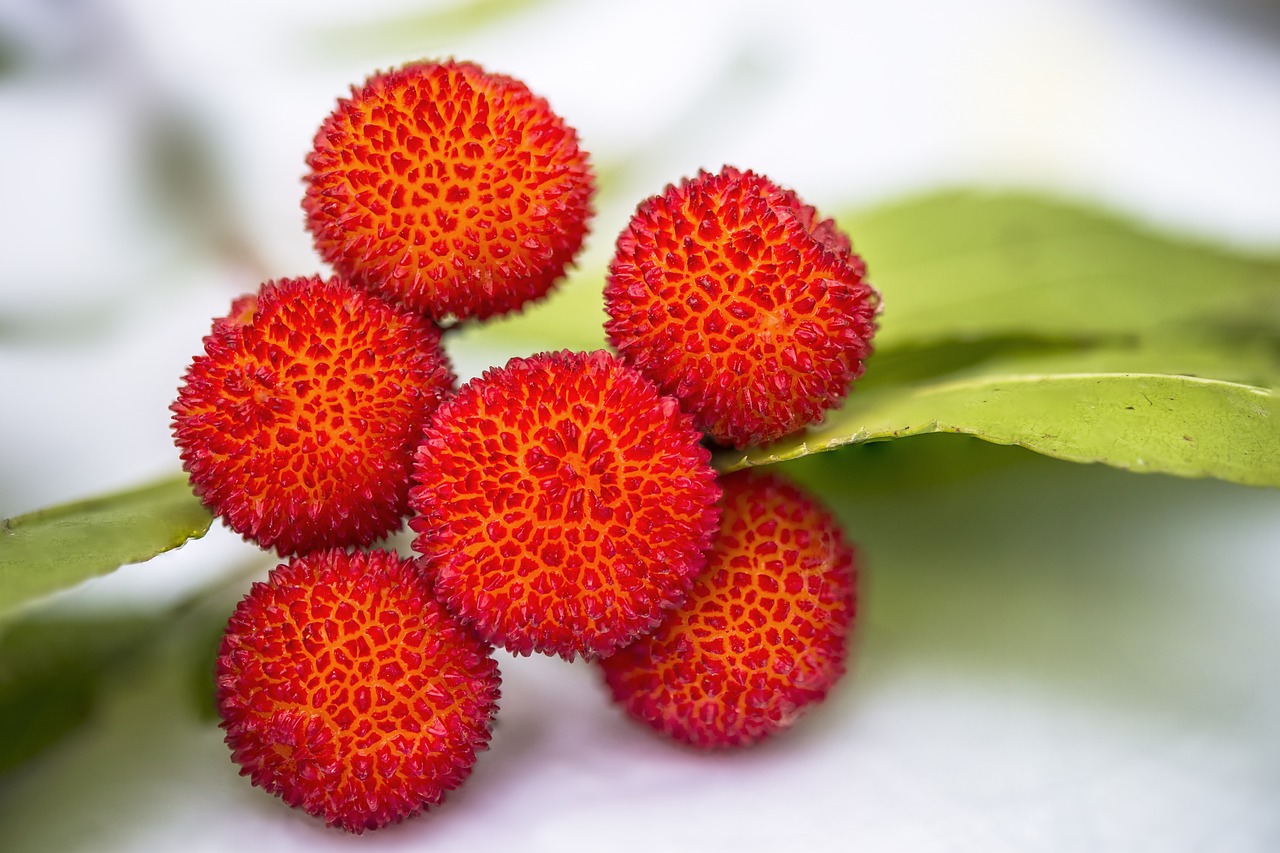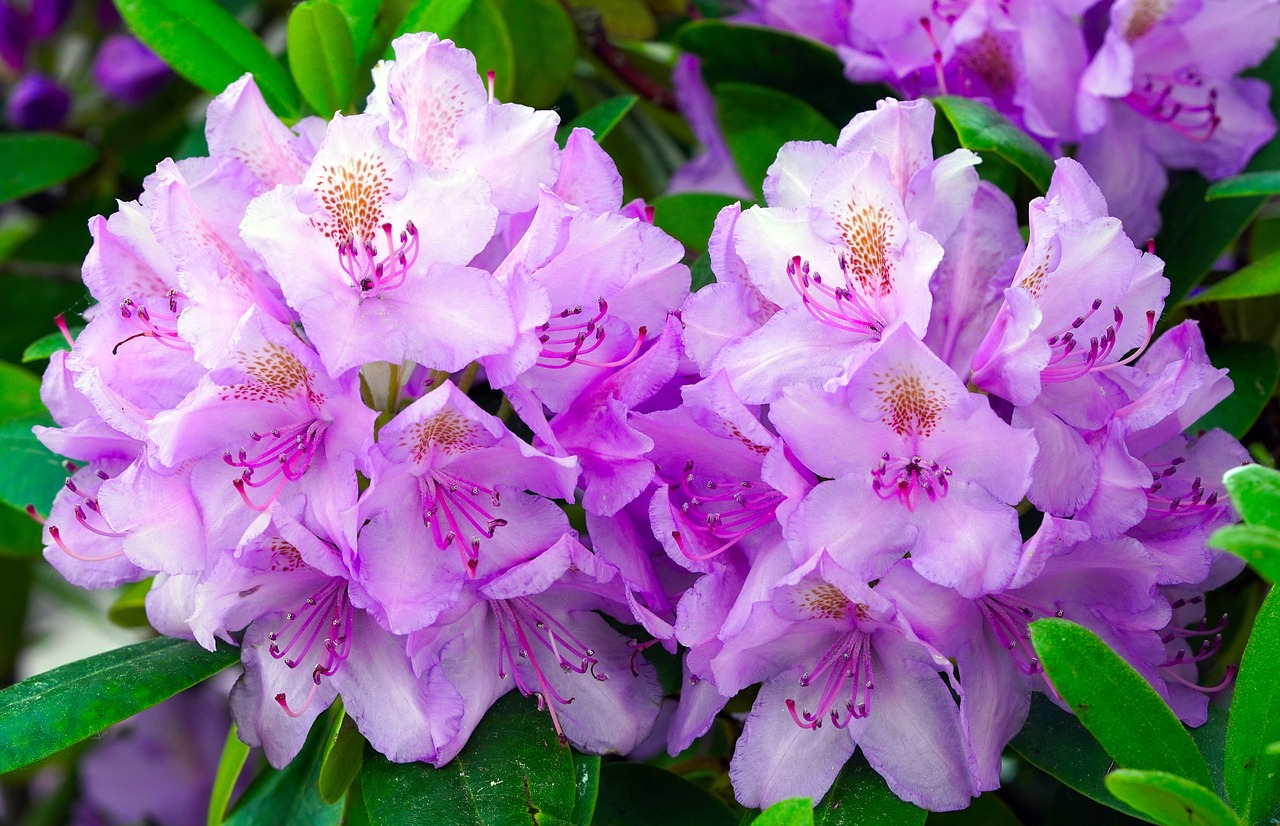Kalmia | The Elegant Star-Shaped Flower Blooming in the Forests of America
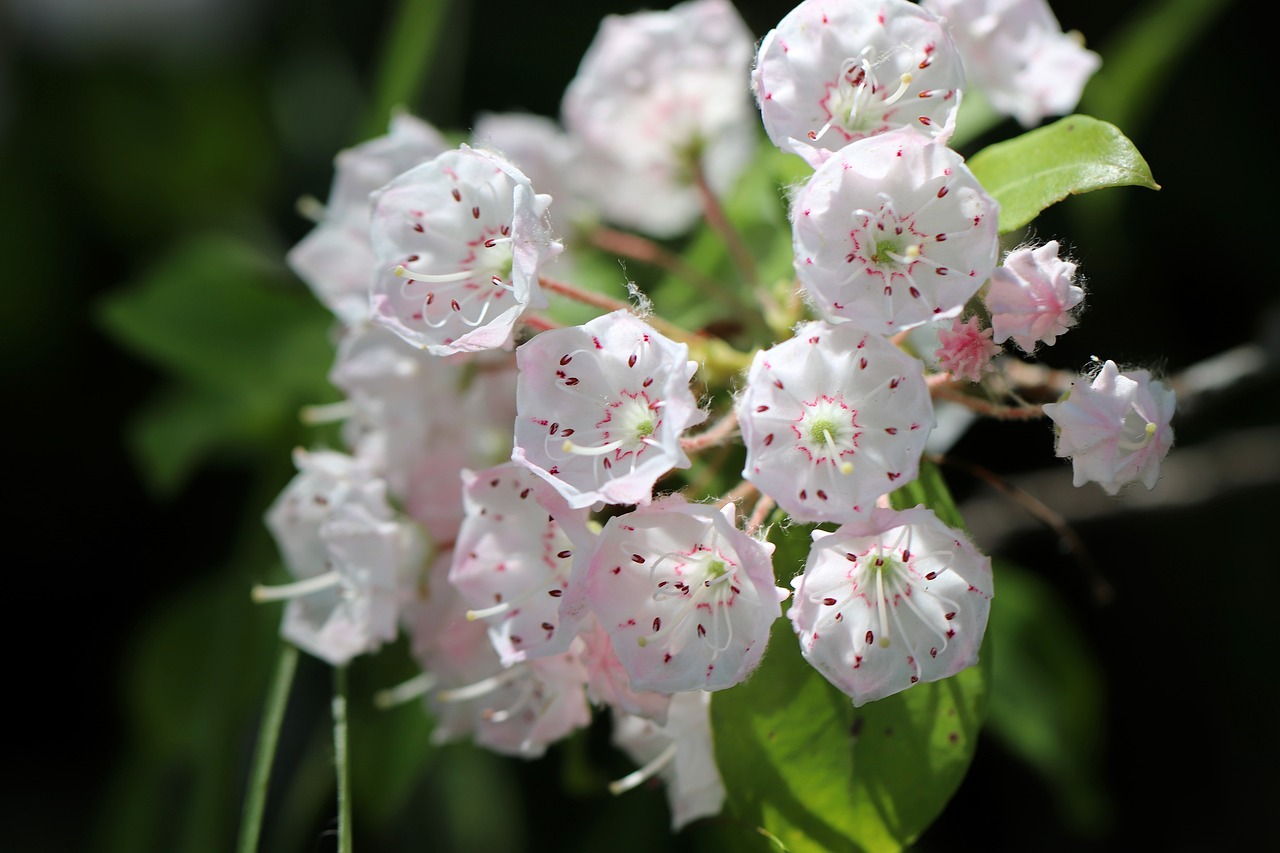
Kalmia is an evergreen shrub distinguished by its uniquely shaped flowers and glossy leaves. Because the flowers spread out like an umbrella, it is also called “Mountain Laurel” or “American Rhododendron,” and it is highly valued as an accent in gardens and parks.
In this article, I will provide detailed information on the basic characteristics of Kalmia, its cultural and historical significance, and key points for cultivation.
Basic Information
- Scientific name: Kalmia latifolia
- Family: Ericaceae
- Origin: Eastern North America
- Appearance: Kalmia grows to a height of about 1–3 meters. Its flowers, in soft shades of pink, white, or purple, are particularly admired for their star-like shape. When planted in clusters, they create a striking and colorful landscape. The dark green, glossy leaves remain attractive throughout the year.
- Blooming season: May to June
Cultural Significance Around the World
In North America, Kalmia is widely known as “Mountain Laurel.” It holds cultural importance, particularly in the eastern United States, where it has been designated as the state flower of Pennsylvania and Connecticut.
In the field of garden design, Kalmia is often incorporated into Western landscapes, where planting it in groups produces impressive displays. Its elegance also makes it a favored decoration for special events and celebrations.
Historical Background
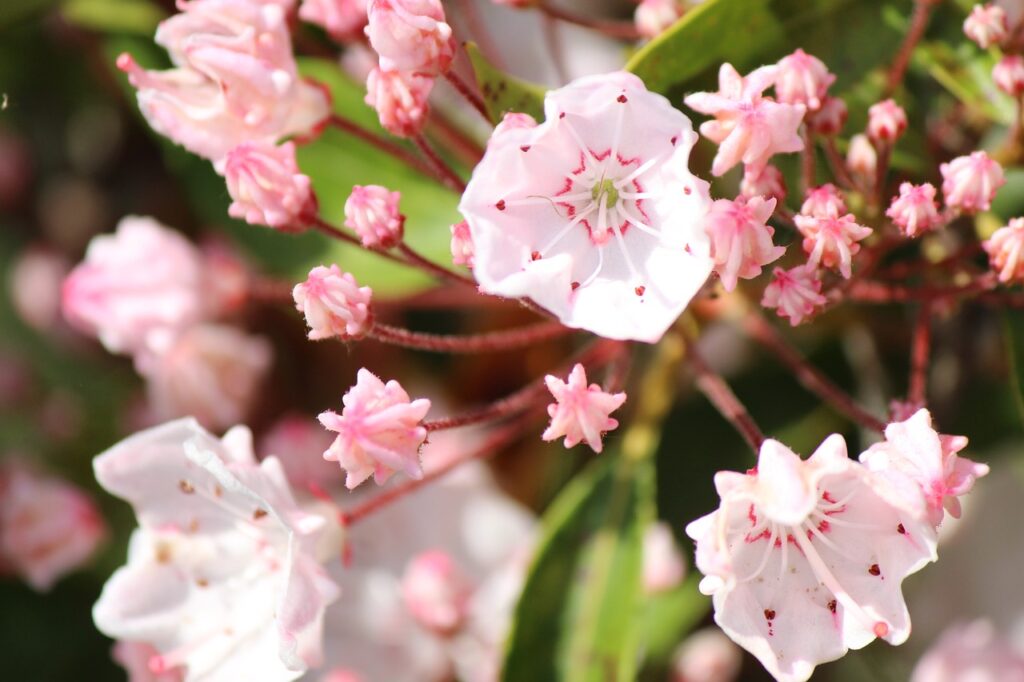
Kalmia was introduced to Europe in the 18th century, where it quickly gained popularity as an ornamental plant. Its name honors the Swedish botanist Pehr Kalm, who collected plants in North America and helped introduce their beauty to Europe.
Because of its distinctive shape and vivid colors, Kalmia became a prized feature in the gardens of aristocrats and wealthy families. Even today, it is exhibited in botanical gardens in both America and Europe, appreciated for both its beauty and its history.
Gardening Advice
Kalmia can be enjoyed for many years with the right environment and care. Here are the main points for cultivation:
Light
Prefers partial shade to bright filtered light. Avoid strong direct sunlight, which can scorch the leaves. A spot under trees or beside a building is ideal.
Watering
Water moderately when the topsoil dries. Ensure good drainage to prevent excessive moisture around the roots.
Soil
Thrives in acidic, well-drained soil. Blueberry or azalea potting mix works well.
Fertilizer
Apply a slow-release fertilizer in early spring to promote better flowering. Avoid over-fertilization.
Pruning
Remove dead flowers and branches after blooming to encourage new growth.
Conclusion
Kalmia is a charming shrub that enhances gardens with its star-shaped blossoms and glossy foliage.
With a history dating back to the 18th century, it has long been admired in both North America and Europe. Its care requirements are relatively simple, making it suitable even for beginner gardeners, provided it is grown in acidic soil with partial shade.
I encourage you to add Kalmia to your garden or park and enjoy the elegance it brings.


